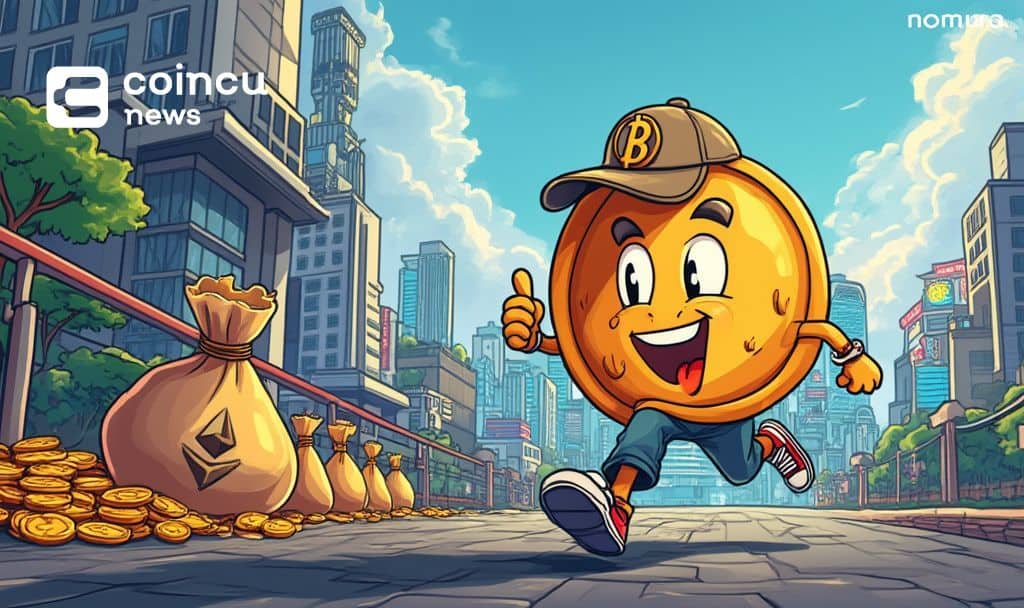Hana and MoneyGram Launch USDC-to-Cash Withdrawals Across Southeast Asia

Hana, a crypto mobile application designed for daily transactions, has announced a partnership with MoneyGram to enable stablecoin-to-cash withdrawals across Southeast Asia. The partnership links the wallet of Hana with MoneyGram Ramps, which enables users to exchange USD Coin (USDC) on the Stellar blockchain to local fiat currency. This service is available at local MoneyGram outlets without having to use the full banking infrastructure.
Through the integration, fully backed USDC is accessible immediately with Stellar blockchain network and MoneyGram cash distribution capabilities giving it the opportunity to be withdrawn in the form of local currency. This is meant to target users in markets that have high volumes of remittance and have poor access to banking services. The solution removes the use of exchange accounts or waiting time to access digital financial tools.
Hana and MoneyGram Target Cash-Dependent Remittance Users
The relocation is aimed at a market, which is projected to reach USD 100 billion and above in remittance flows by the year 2025 due to millions of individuals who will depend on money sent back home to earn an income and support their families. Nevertheless, there is still a large segment of the population that uses cash in their day-to-day activities. The partnership is expected to fill this gap by turning digital stablecoins into a viable tool of access to everyday finances.
The partnership with the infrastructure of MoneyGram is supposed to make the process easier to Hana allowing freelancers, small business owners, and families to change digital assets into cash that can be used. Hana has a platform that offers a simplified way to convert crypto-to-cash, particularly in the areas with limited stable internet connectivity, and banking infrastructure, by making Stellar the settlement layer and the low-cost provider of such functionality.
Goals: Service Usage and Plans of Expansion
It works by having the user choose the option of withdrawing USDC in the Hana app and then selecting a MoneyGram outlet in the area. The conversion does not imply any hidden charges, delays and registration of the exchange.
The long-term objectives of Hana involve the extension of this stable coin to cash functionality to other market priorities by linking to the global network of MoneyGram in more than 180 countries. Although it is currently offered in Southeast Asia, it is not yet offered in Australia because of the regulations. The collaboration is an example of an operational application of blockchain technology to assist real-life financial demands using existing cash distribution systems.
You May Also Like

Understanding the Ethereum Interoperability Layer (EIL): Bridging L2 Fragmentation and Building a Seamless Cross-Chain Experience

Nomura Alters Fed Rate Cut Prediction for 2025

